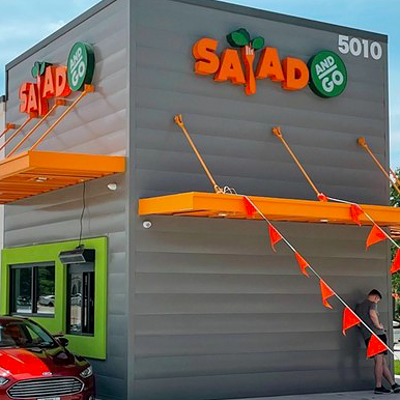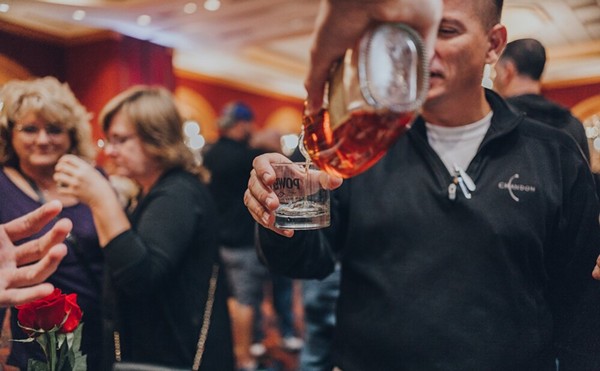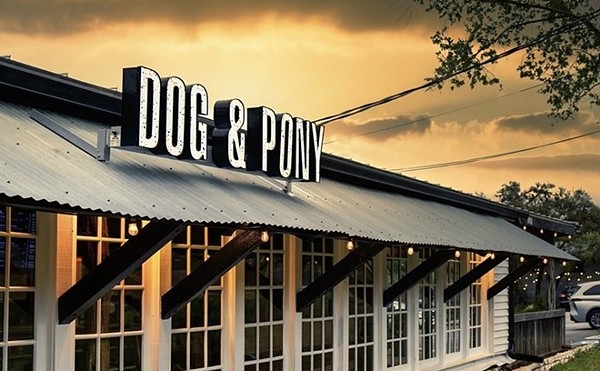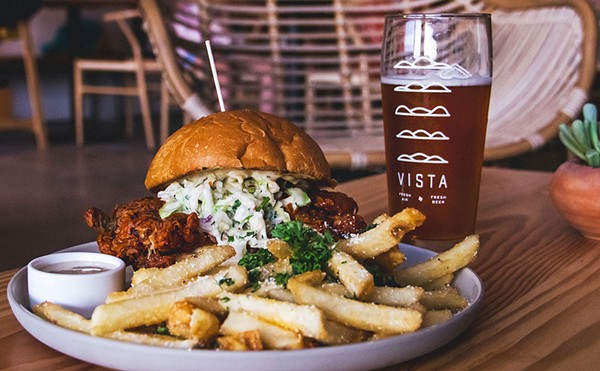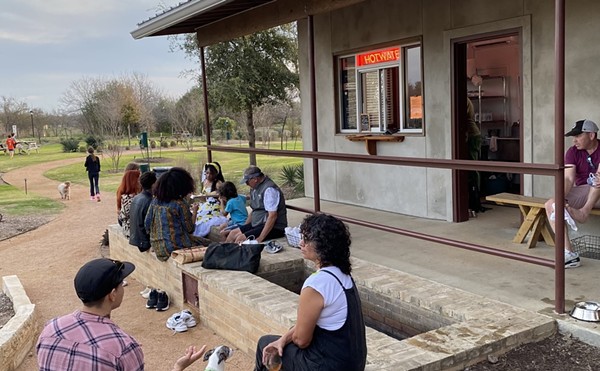After a recent wave of raccoon attacks, the last of our egg-laying chickens are dead. Two roosters and a four-year-old post-menopausal hen are all that remain.
The desert might be the toughest place on earth to raise chickens. The landscape is dry and open, but the law of the jungle presides just the same. Virtually every weakness in my chicken security apparatus has been exploited. Since moving here with Annabelle and five others, I’ve purchased eight full-grown chickens, mostly roosters, and about 30 chicks from the feed store in several batches. That’s 38 chickens added to the original flock of six.
And now there are three, thanks to the owls, bobcats, raccoons, neighbor dogs, and coyotes. And they’ve had close calls with ravens, rattlesnakes, and golf-ball-sized hail. Old age and the dinner table are pretty much the only threats my hens don’t face.
After a lifetime of eggs, kitchen scrap disposal, and friendship, there’s no way I’d kill one of my hens — especially when you can buy a nice local organic bird, pre-killed, for about $15. Even after they stop laying, my girls are free to frolic and scratch until they die. But alas, despite the attractive retirement package, none of my hens have managed to live long enough to enjoy their golden years. But if anyone is likely to die of old age it will be the gold-colored Buff Orpington hen named Annabelle 2.0.
Buff Orpington is a breed whose members, in my experience, have the sharpest survival instincts of any chicken. My very first flock, back in Montana, included eight hens, all of which we named Annabelle, and two of whom were Buff Orpingtons. When a dog got into the yard and killed six of the Annabelles, the only two that escaped were the Orpingtons, who had the presence of mind to run for the coop. Those two ended up raising the next flock of chicks, which included a single Buff Orpington chick who came to be known as Annabelle 2.0.
Thanks to her Buff Orpington genetics and perhaps the advice of her stepmoms, Annabelle 2.0 has become the Fidel Castro of chickens, surviving each and every attempt on her life since we’ve moved to New Mexico.
Sometimes I think that after so many lessons learned the hard way, I might finally be getting the hang of desert chicken farming. I’ve put up a second fence, I make sure and lock the coop as soon as they go in for the night, and I got a dog to chase away the critters. And then, just when I’m feeling like I’ve made progress, the girls get hit again.
Lately I’ve been investing heavily in roosters, because they’re aggressive enough to run at whatever’s coming, and usually big enough to satisfy the intruder’s hunger. Every time I lose a rooster, I figure it could have been a hen. Roosters are easier and cheaper to replace.
But eventually we ended up with a rooster named Rusty who began surviving attacks that the hens didn’t. Thanks to Rusty’s survival instinct, the chicken population dropped to just Rusty, Annabelle 2.0, and Marco Pollo. That’s when we realized that Marco — the only survivor of 30 feed store chicks — was a rooster too.
Needless to say, the eggs are not exactly flowing.
A few weeks ago, Annabelle 2.0 began spending all day in the coop, and I wondered if she might finally be dying. Losing her would be sad, but I would also have been proud to finally have a chicken die of old age. Then it occurred to me that she was broody — a phase hens go through when all they want to do is incubate eggs.
Annabelle 2.0 has been broody in the past, and I’ve given her fertilized eggs to sit on. She gets flat as a rug, and has managed to incubate as many as 15 eggs, rotating them constantly to regulate their temperature. She was an attentive mom, but all her chicks died.
When I thought she was broody again, I pictured the old girl raising one last brood, and this time, with my help, some of them might survive. I gave her some fertilized eggs, but she showed zero interest, nesting elsewhere in the coop and completely ignoring them. I gave up on her being broody, collected the eggs, and made an omelet.
Later that day I had to kick Annabelle 2.0 out of the coop so I could change the straw bedding. As soon as she hit the ground, she began running around the yard frantically, as both roosters pursued her like heat-seeking missiles. When they finally pinned her down, it was a most unsavory spectacle.
Spending her days being raped by a pair of young roosters wasn’t what I had in mind for Annabelle 2.0’s golden years. And while I guarantee my hens a full retirement plan, without the threat of ever becoming dinner, I’ve made no such promise to the roosters.
My thoughts turned to Coq au vin, the French dish of rooster braised in wine. Coq au vin can be complicated to make — Julia Child’s version requires about a month of prep time — but it can also be very simple: Brown the bird in the oven and simmer it in red wine until the meat falls off the bone.
Rusty is the obvious choice. He was purchased full-grown, so killing him will involve less emotional baggage. As a chick, Marco Pollo was always exploring and blazing trails for the other chicks, hence his name. I always liked Marco, and was bummed when he turned out to be a rooster.
Marco Pollo is smaller than Rusty. And he doesn’t attack your legs like Rusty does. In fact, Rusty bullies Marco quite a bit, and I have a feeling that without Rusty around, Marco Pollo will be a lot nicer to Annabelle 2.0.
The feed store sells chicks in springtime. Once Rusty has been wined and dined, as it were, I’m going to get more chicks and give Marco Pollo and Annabelle 2.0 a chance to raise a family. One of the perks of old age is plenty of second chances, and Annabelle 2.0 has earned her share. •
Ari LeVaux writes Flash in the Pan, a nationally syndicated weekly food column. His writing has appeared in more than 50 newspapers and magazines, and on various websites including AlterNet and The Atlantic. He lives in Montana and New Mexico.


